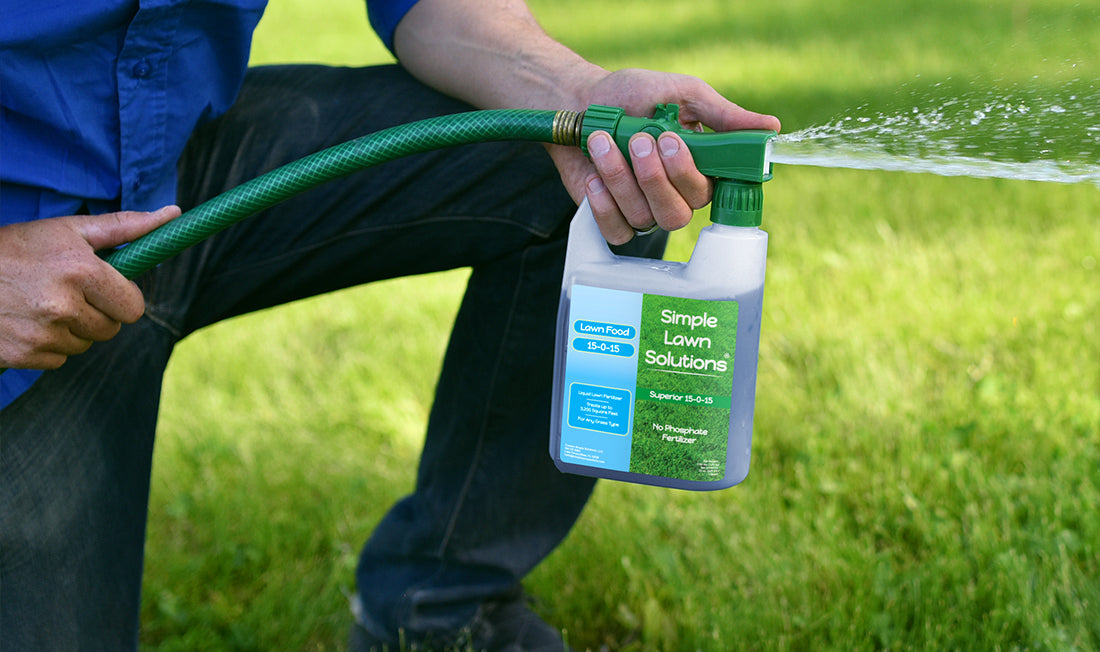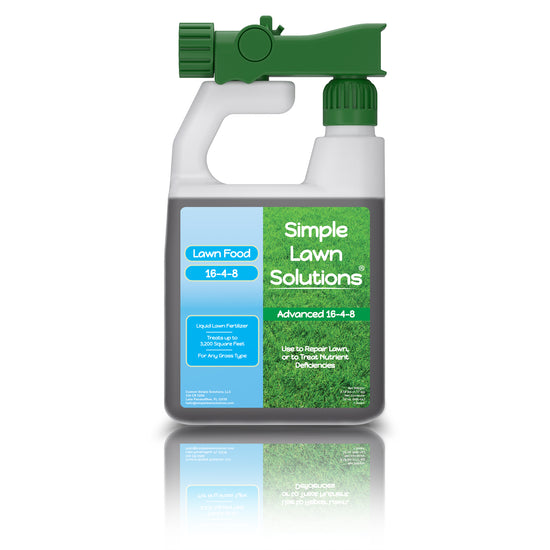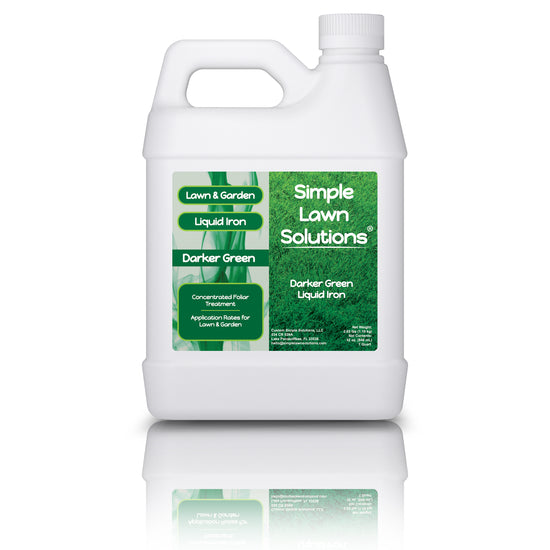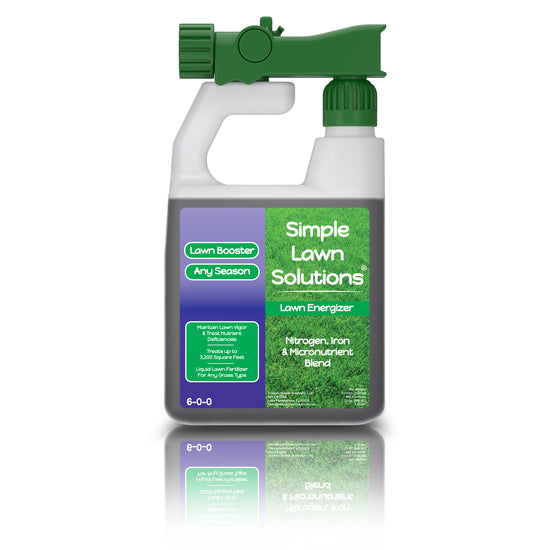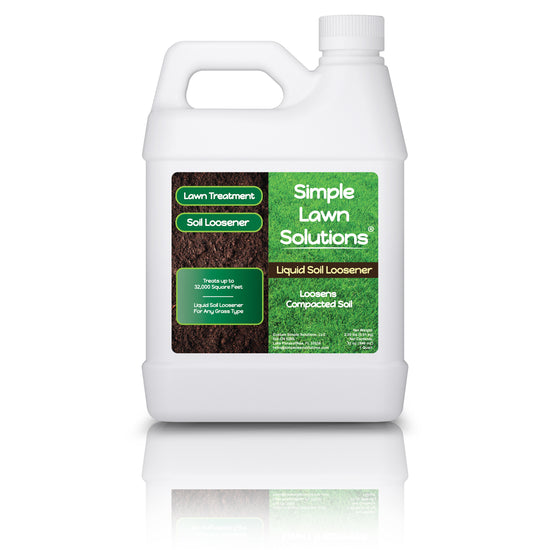Zoysia grass is known for its dense and resilient characteristics, making it a favorite for homeowners and high-profile turf. However, there is a danger in fertilizing zoysia too early in the spring before it breaks its dormant state. Improper timing and amount applied can cause issues that could alter the success of the growing season in spring and summer.
Why Fertilizing Too Early is a Mistake
Zoysia is a warm-season grass, thriving when temperatures rise. Fertilizing too early in the spring, before the grass fully emerges from dormancy, can do more harm than good.

In-efficient Utilization of Nutrients
Zoysia initiates its first growth when soil temperatures reach 60 - 65 degrees fahrenheit. Applying fertilizer to zoysia that has not fully awakened from winter slumber tends to waste fertilizer and nutrients, which can harm the environment with nutrient leaching and surface runoff. Fertilization during dormancy or semi-dormancy can promote weed growth and infestation, if pre emergent weed control is not applied in early spring on zoysia grass. Weeds will utilize the nutrients used to grow if the turfgrass cannot absorb them.
Increased Risk of Lawn Disease
Excess nitrogen in the soil during cool spring conditions can encourage diseases like large brown patch, a common issue for zoysia grass. When excessive nitrogen is present in the soil, there is a higher potential for fungal activity, which can be a breeding ground for disease activity.
Stunted or Delayed Root Development
Premature fertilization can cause excessive growth in the canopy of the turfgrass plant; this can delay root growth, the foundation of success for growing any plant or grass. While having a thick canopy is ideal, the roots must develop at the same pace for balance within the plant tissues. When there is an unequal balance between the canopy and the roots, stress can become an issue once environmental pressures become present during the growing season.
The Dangers of Over-Fertilizing
Excessive Growth
Succulent growth will weaken the grass and make it more vulnerable to stress and diseases. Applying fertilizer at increased rates and incorrect timing can also cause weakened growth that requires frequent mowing while the roots lag in the overall growth process. Mowing is a necessary stress in lawn maintenance, so the grass must be able to recuperate rapidly to maintain its aesthetics and curb appeal.
Thatch Buildup
Zoysia is a turfgrass that produces a lot of thatch in normal growing conditions. Excessive nitrogen fertilization on zoysia grass will increase thatch production faster than it can be decomposed or devoured by the many microbes within the soil. Over-fertilization can kill these important microbes and reduce the community population within the thatch layer. Once the thatch layer grows more than ½” thick, the dead organic materials can lower the water infiltration rate from irrigation and rainfall. Excess moisture within the overly thick thatch layer is a breeding zone for disease pathogens. When moisture cannot penetrate the thatch layer, nutrients that are applied remain within the thatch layer and will cause roots to reduce in density. Environmental stresses such as drought and heat stress become more present as the roots cannot absorb the nutrients applied to the zoysia grass.
Nutrient Imbalance
Too much nitrogen creates a succulent plant and a nutrient imbalance, depleting essential elements like potassium, which is critical for stress resistance and disease prevention. The zoysia may display a deep, green color on the surface, but this is a false sense of security. The health of the plant will decrease over the growing season if the nutrients are not fully being used or there is an absence of other key nutrients that are required for stress tolerance.
Environmental Concerns
Nutrients in excess can leach into groundwater or runoff into waterways, contributing to environmental issues like algae blooms. Leaching and surface runoff are always a significant ecological concern as these excess fertilization nutrients enter groundwater, streams, retaining ponds, and large bodies of water. Eutrophication is a growing problem in waterways because of the translocation of excess nutrients from fertilization in sensitive areas for human survival.

Best Practices for Fertilizing Zoysia Grass
To maintain a healthy, beautiful lawn, it’s essential to fertilize zoysia at the right time and in the right amounts. Proper timing for the fertilizer application is key to maintaining an attractive zoysia lawn.
When to Fertilize
It is best to wait until zoysia grass has broken out of full dormancy and is actively growing to start fertilizing. Fertilization applications should be initiated in late spring or early summer to accomplish proper timing. When the zoysia starts to grow, the appropriate timing and nutrients will be required to reduce complications of unutilized nutrients within the soil successfully. Avoid fertilization during early spring or late fall to ensure the continued success of zoysia grass from season to season.
Choose the Right Fertilizer
Use a slow-release fertilizer designed for warm-season grasses, as it provides steady feeding at a slower pace, that will not cause excessive growth during the growing season. Select a balanced formula, such as 15-0-15 or 16-4-8, based on soil test results, as fertilization applications are determined by the amount of nutrients lacking in the soil. Therefore, it is highly recommended that a soil test be conducted to determine what fertilizer analysis of NPK should be applied. Initial fertilization application without a soil test can cause zoysia grass to perform below expectations.
Apply in the Right Amounts
Zoysia grass does not require the same amount of nitrogen as other warm-season grasses, such as Bermuda, making it important to follow manufacturer guidelines to avoid over-fertilization. The general rule is to apply 1-3 pounds of nitrogen per 100 square feet per 1000 square feet. Applying more nitrogen than is required can again cause many issues with the plant's success and growth during the late spring and summer growing seasons.
Test Your Soil
A soil test is your best friend when it comes to fertilizing, as it uncovers exactly what nutrients the lawn needs and helps avoid guesswork. A soil and/or tissue analysis test can determine what zoysia grass requires to grow correctly. One of the biggest mistakes in fertilization is guessing what the zoysia grass needs, which is why a soil test becomes a lawn enthusiast’s best tool.
Water After Fertilizing
Watering or irrigating fertilizer into the soil disperses the nutrients into and throughout the soil. Therefore, the possibility of losing applied fertilizers to volatilization, or surface runoff, is dramatically reduced. It is of the utmost importance that irrigation systems be audited from time to time to ensure the proper depth of irrigation is being accomplished and that under-watering or overwatering does not occur.
Stick to a Seasonal Fertilizer Schedule
The first fertilization should be applied in late spring or early summer to protect the zoysia grass plant from damage. The best indication of when to apply fertilizers is when the zoysia grass is visibly green and entirely out of dormancy. Performing an additional application in mid-summer will help sustain the growth progress of zoysia grass.

Healthy, Green Zoysia Grass with Proper Fertilization
Fertilization of zoysia that occurs too early and applies too much can disrupt the natural growing characteristics of the lawn grass. Many valuable nutrients and essential elements can be wasted, contributing to additional environmental stress to the plant and its surrounding environment. As a result, thatch buildup is likely, which requires immediate removal and management for the future of zoysia grass.
You can ensure your zoysia grass thrives all season long by timing your applications correctly and using the appropriate amounts. A healthy, green lawn starts with careful planning and responsible fertilization. And remember, when in doubt, get a soil test to guide your decisions.
Your Turn!
What’s your experience with fertilizing zoysia grass? Share your tips, questions, or success stories in the comments below! Please share your experiences growing and maintaining zoysia grass in your home lawns, or let us know if you would like additional information on establishing an aesthetically pleasing zoysia lawn. We would love to hear from you.


